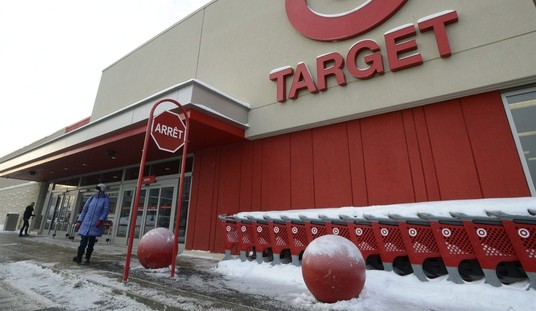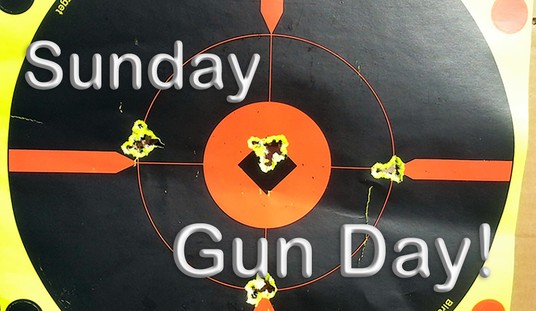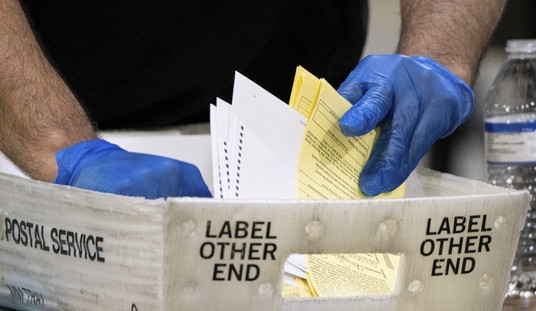
I’m a huge history buff and as a result, I’m interested in anniversaries of all things military. In my search for today’s entry, this particular item caught my eye:
Today is the 74th anniversary of the first production B-24 “Liberator” bomber to be finished at the legendary Willow Run assembly plant in Ypsilanti, Michigan.
We’ve spent a lot of time in recent months discussing American productivity (or, depending on who you talk with, a lack of the same), but there was no doubt whatsoever that during the war years, the “Arsenal of Democracy” had its mojo going full blast. Willow Run was perhaps the pre-eminent example.
As it would later do during the 2008 financial crisis, the Ford Motor Company refused government assistance in its wartime operations. Henry Ford preferred to build Willow Run and lease it to the government. At the time of its opening in 1942, Willow Run was the largest factory in the world. And make no mistake, it produced.
“Using the type of assembly line production that had made Ford an industrial giant, Ford hoped to produce 500 B-24 Liberator bombers a month. After a gradual start, that figure was reached in time for the Allied invasion of Western Europe, and by July of 1944, the Willow Plant was producing one B-24 every hour. By the end of the war, the 43,000 men and women who had worked at Ford’s Willow Run plant had produced over 8,500 bombers, which unquestionably had a significant impact on the course of the war.”
More than half the B-24s ever built came off Willow Run’s mile-long assembly line — and since the Liberator was the most-produced bomber in history, that was saying something. A look at the massive assembly line, the key portion of the 3,000,000-square foot factory, is below:

After the war, Ford declined to exercise a purchase option on Willow Run, selling it to Kaiser-Frazer (known today as Jeep-Eagle). They in turn sold to General Motors, which produced vehicles on the site until 1992. The last operations at Willow Run ceased in 2010.
But Willow Run’s role as part of American production’s effort to win the Second World War should not be underestimated. In addition to meeting the needs of our servicemen, American production accounted for about one-quarter of all the arms and ammunition used by Great Britain in 1943-44 and supplied enough materiel to equip sixty Russian divisions at war’s end — approximately twenty percent of the entire Red Army in the field against Hitler — through the “Persian Corridor” alone.
Those were the days. Will they return? Discuss in today’s open thread!













Join the conversation as a VIP Member